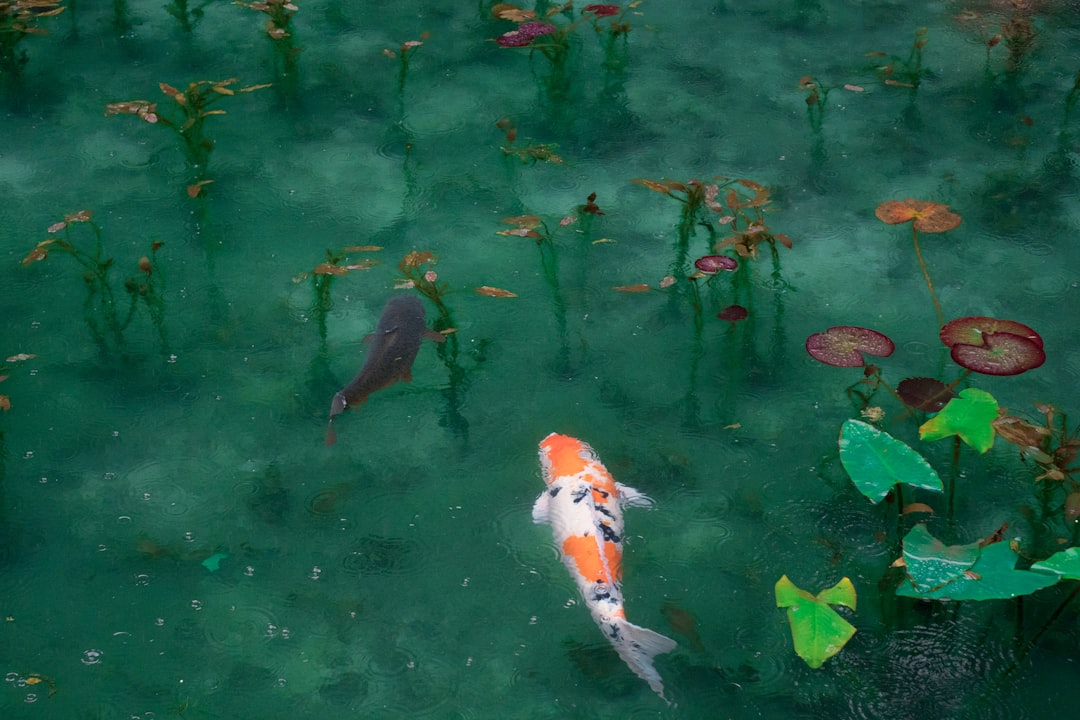Imagine a self-sustaining system where fish and plants work together to create a thriving, productive backyard farm. That’s aquaponics—a closed-loop ecosystem that combines aquaculture (raising fish) with hydroponics (growing plants without soil).
Whether you have limited space or want a more efficient, sustainable way to grow food, aquaponics offers high yields with low waste. Let’s explore how you can set up your own backyard aquaponics system!
What Is Aquaponics?
Aquaponics is a symbiotic system where:
🐟 Fish produce waste, which is high in ammonia.
🦠 Beneficial bacteria convert ammonia into nitrates.
🌱 Plants absorb these nutrients, filtering the water.
💧 Clean water cycles back to the fish, keeping them healthy.
This natural process eliminates the need for chemical fertilizers, reduces water waste, and creates a nearly self-sustaining farm.
Why Try Aquaponics in Your Backyard?
✅ Saves Water – Uses 90% less water than traditional farming.
✅ Chemical-Free – No need for synthetic fertilizers or pesticides.
✅ Fast Plant Growth – Nutrient-rich water boosts production.
✅ Space-Efficient – Perfect for small yards, patios, or greenhouses.
✅ Produces Two Food Sources – Grow vegetables and fish at the same time!
With aquaponics, you turn your backyard into a sustainable food source while saving water and reducing waste.
How to Set Up a Backyard Aquaponics System
1. Choose the Right System Design
There are three main types of aquaponic systems:
🔹 Media-Based (Flood & Drain System)
✔ Uses a grow bed filled with gravel or clay pebbles.
✔ Water flows from the fish tank to the plants and drains back.
✔ Best for home-scale systems—grows a wide variety of plants.
🔹 Nutrient Film Technique (NFT)
✔ Plants grow in narrow channels, with a thin film of water flowing through.
✔ Best for lightweight crops (lettuce, herbs).
✔ Not ideal for large or heavy plants (tomatoes, peppers).
🔹 Deep Water Culture (DWC/Raft System)
✔ Plants float on rafts above the water, absorbing nutrients.
✔ Best for commercial or large-scale systems.
👉 For backyard beginners, a media-based system is the easiest and most versatile option.
2. Select Fish for Your Aquaponics System
Not all fish thrive in aquaponics. Consider:
🐟 Tilapia – Hardy, fast-growing, and great for warm climates.
🐟 Trout – Cold-water fish, ideal for cooler regions.
🐟 Catfish – Bottom-feeders that handle fluctuating water quality.
🐟 Goldfish/Koi – Great for non-edible systems.
👉 Tip: Make sure your local laws allow for raising fish in backyard systems.
3. Choose the Best Plants for Aquaponics
Some plants thrive in aquaponic systems, while others struggle.
🌿 Best Plants for Aquaponics:
✔ Leafy greens (lettuce, spinach, kale)
✔ Herbs (basil, mint, cilantro)
✔ Strawberries
✔ Tomatoes & Peppers (in mature systems)
🚫 Avoid:
✖ Root crops (carrots, potatoes)
✖ Acid-loving plants (blueberries, azaleas)
👉 Tip: Start with fast-growing greens and herbs, then expand to fruiting plants.
4. Maintain a Healthy System
To keep your aquaponics system balanced and productive, follow these key maintenance steps:
✅ Monitor Water Quality – Check pH (6.8–7.2), ammonia, nitrites, and nitrates regularly.
✅ Feed Fish Properly – Overfeeding can cause excess waste and unbalanced nutrients.
✅ Ensure Good Oxygenation – Use an air pump to keep oxygen levels high for fish and plants.
✅ Control Temperature – Keep fish and plants within their optimal temperature range.
✅ Cycle Your System – Before adding fish, let the bacteria establish for 3–4 weeks.
👉 Tip: A healthy aquaponics system is mostly self-sustaining, but small adjustments keep it running smoothly.
Expanding Your Aquaponics System
Once your basic system is running, consider expanding for higher efficiency:
🔹 Vertical Aquaponics – Grow more plants in less space using vertical towers.
🔹 Incorporate Crayfish or Shrimp – Adds another layer of food production.
🔹 Use a Greenhouse – Allows year-round growing in any climate.
👉 Tip: Aquaponics is highly adaptable—start small, then scale up!
Final Thoughts: The Future of Backyard Farming
Aquaponics offers an efficient, eco-friendly way to produce fresh vegetables and fish in your backyard. By recycling water, reducing waste, and growing food naturally, it’s a sustainable farming method for any home gardener.
🌱 Want to start your own system? Begin with a small-scale setup, learn as you go, and enjoy the benefits of fresh, homegrown food year-round!
💬 Have you tried aquaponics? Share your experience in the comments!

Comments
No comments yet. Be the first to comment!
You must be logged in to comment. Login